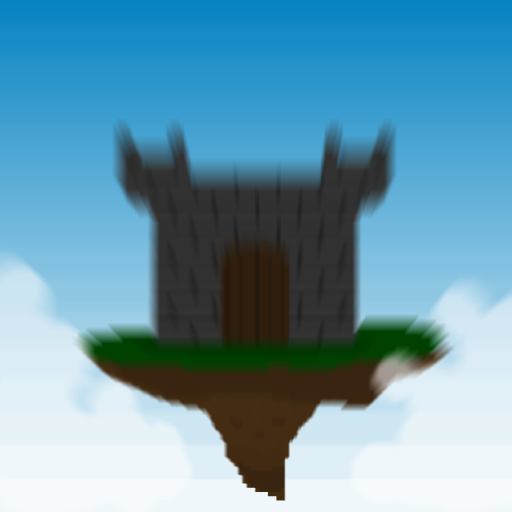Uniforms
uniform vec2 pos;
We will add that code to our blur shader from the last tutorial. Put the code under the varying vectors. We will use these coordinates to tell where to center the radial blur.
We can use this code for the position:
varying vec2 v_vTexcoord;
varying vec4 v_vColour;
uniform vec2 pos;//x,y
const int Quality = 16;
void main()
{
vec4 Color;
float v;
for( float i=0.0;i<1.0;i+=1.0/float(Quality) )
{
v = 0.9+i*0.1;//convert "i" to the 0.9 to 1 range
Color += texture2D( gm_BaseTexture, v_vTexcoord*v+(pos)*(1.0-v));
}
Color /= float(Quality);
gl_FragColor = Color * v_vColour;
}
This code is just like the last one except with the position uniform is instead of 0.5. Now in order to run this code, we must add the uniforms in GameMaker.
Uniforms in Gamemaker
In the Create event of the control object, put this code:
upos = shader_get_uniform(shader,"pos");
That code sets variable "upos" to the id for the uniform "pos" from "shader" (which is the name of our shader). Then, under "shader_set(shader)" add "shader_set_uniform_f(shader,upos)".
"shader_set_uniform_f()" is for floats or vectors. There are types for float arrays, integers, integer arrays, matrices, and matrix arrays, but for now we'll stick with floats.
The whole code should look similar to this:
shader_set(shader)
shader_set_uniform_f(upos,mouse_x/room_width,mouse_y/room_height)
draw_self()//any draw code should work
shader_reset()
What that code does, is it applies the shader, sets the uniform pos in the shader to the mouse coordinates (the coordinates are shrunk to a 0 to 1 range), then draws the sprite with the shader applied. When we run the game we get this result:
motion blur
Here is my code:
varying vec2 v_vTexcoord;
varying vec4 v_vColour;
uniform vec2 pos;//x,y
const int Quality = 16;
void main()
{
vec4 Color;
for( float i=0.0;i<1.0;i+=1.0/float(Quality) )
{
Color += texture2D( gm_BaseTexture, v_vTexcoord+(0.5-pos)*i);
}
Color /= float(Quality);
gl_FragColor = Color * v_vColour;
}
Now what this does is it loops through a number times equal to quality setting "i" from 0 to 1 then it gets the position in a line based off of "pos". Here is a screenshot of the result:
And finally lets make the most used blur shader. Lets make a gaussian blur shader.
GAUSSIAN blur
varying vec2 v_vTexcoord;
varying vec4 v_vColour;
uniform vec3 size;//width,height,radius
const int Quality = 6;
const int Directions = 12;
const float Pi = 6.28318530718;//pi * 2
void main()
{
vec2 radius = size.z/size.xy;
vec4 Color = texture2D( gm_BaseTexture, v_vTexcoord);
for( float d=0.0;d<Pi;d+=Pi/float(Directions) )
{
for( float i=1.0/float(Quality);i<=1.0;i+=1.0/float(Quality) )
{
Color += texture2D( gm_BaseTexture, v_vTexcoord+vec2(cos(d),sin(d))*radius*i);
}
}
Color /= float(Quality)*float(Directions)+1.0;
gl_FragColor = Color * v_vColour;
}
This code sets radius to 0 to 1 sizes to match with the coordinates.
next it loops through the directions in radians with "d" (0 to "Pi") then loops through the magnitude with "i" (0 to 1). Each loop it gets the color of the texture at that pixel and finally it averages the total after the loops. Next change the "upos" to "usize" and "pos" to "size". Then when setting the uniform set it to 512, 512, and 16 (width, height and radius in pixels).
The final result should look like this:
Here are the examples:
DOWNLOAD RADIAL EXAMPLE
DOWNLOAD MOTION EXAMPLE
DOWNLOAD GAUSSIAN EXAMPLE



 RSS Feed
RSS Feed
